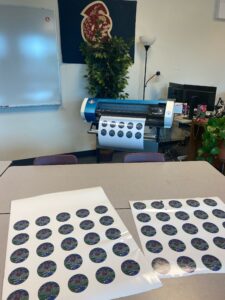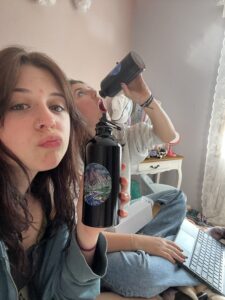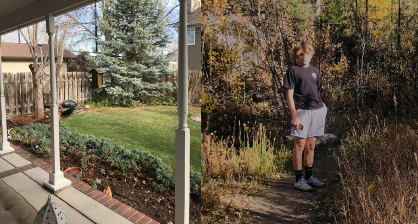2023, LOVELAND, COLORADO, USA
Ella Corrigan and Reagan McWhinney from Resurrection Christian School addressed the use of toxic chemical fertilizers by creating 7 compost systems, specifically John-Su Bioreactors. Improper use of chemical fertilizers adds high amounts of nitrogen and phosphorus into the environment causing eutrophication. Food waste also generates methane gas, contributing to climate change.
causing eutrophication. Food waste also generates methane gas, contributing to climate change.  With the help of the Johnson-Su bioreactors, microorganisms and nutrients can be added to the soil without the use of harmful chemicals. Furthermore, local food waste will be limited by this new composting opportunity. Throughout this semester, Ella and Reagan built and filled the bioreactors which are now on the RCS farm. In merely 9-12 months, the nutrients will be ready for farming and gardening use. This solution addressed Targets 12.5 and 15.4 of the Sustainable Development Goals.
With the help of the Johnson-Su bioreactors, microorganisms and nutrients can be added to the soil without the use of harmful chemicals. Furthermore, local food waste will be limited by this new composting opportunity. Throughout this semester, Ella and Reagan built and filled the bioreactors which are now on the RCS farm. In merely 9-12 months, the nutrients will be ready for farming and gardening use. This solution addressed Targets 12.5 and 15.4 of the Sustainable Development Goals.





















